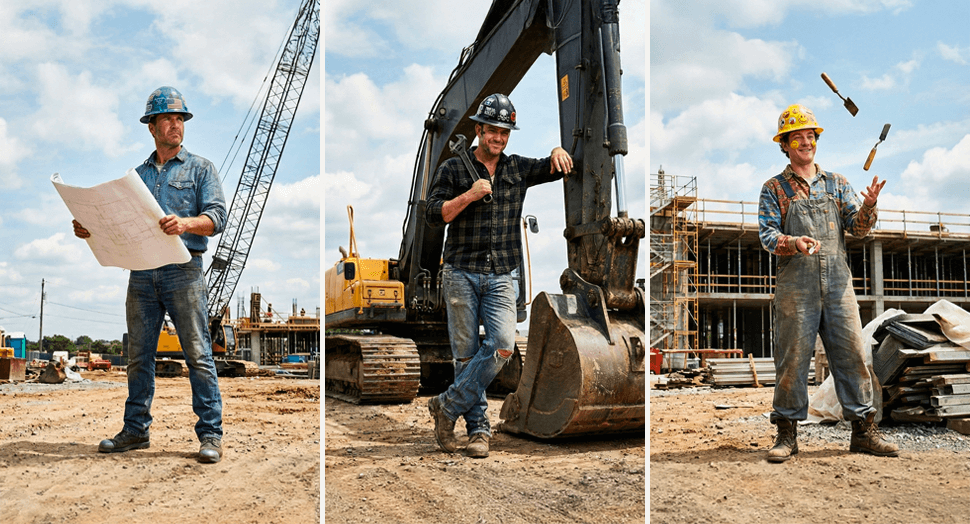
I’ve watched construction companies bleed money for years without understanding why.
They blame the economy. They blame low-bid competitors. They blame clients who “just don’t get it.”
But here’s what I see: most construction firms are terrified of being different.
They hide in the pack, thinking safety comes from sameness. Meanwhile, that sameness is killing them with longer sales cycles, higher recruiting costs, and clients who pick based on price alone.
The irony? Being the same as everyone else is the least safe thing you can do.
The Real Cost of Playing It Safe
Research shows competitive bidding creates the “low-bid syndrome,” where contractors submit unrealistically low bids just to win work, then watch quality suffer, change orders pile up, and projects drag on.
But the damage goes deeper than project margins.
When you lack differentiation, you can only compete on two things: price and relationships. That’s it. And when 86% of B2B buyers say they see no real difference between suppliers, you’re stuck in a race to the bottom.
And here’s what most construction executives miss: this problem existed long before the last recession. People have always gravitated toward brand personalities. The difference is that most construction companies feared being unique.
The Founder Effect Nobody Talks About
Most construction companies start with a dynamic founder.
The founder’s personality becomes the company’s personality. It defines the brand culture. Clients feel it. Employees feel it. The company thrives.
Then something happens. The founder exits or the company grows beyond that single personality. And the brand personality starts to erode.
Company leaders follow a “what would the founder do” mentality for years, sometimes until the next generation takes over. But without the spark from the founder, the personality fades. The differentiation disappears.
Research backs this up: 80% of a company’s culture is defined by its core leaders. Founders imprint their personality, strengths, and weaknesses onto everything. When they leave, succession becomes challenging because the organizational culture is so deeply entrenched in that specific personality.
Identifying and solidifying a brand personality helps a construction company “find its lane” and attract the right clients and talent, even after the founder moves on.
Brand Archetypes: The Framework Construction Firms Overlook
Construction companies can utilize one (or a blend of) a dozen brand archetypes to define their brand personality and stay consistent so they don’t confuse their employees and clients.
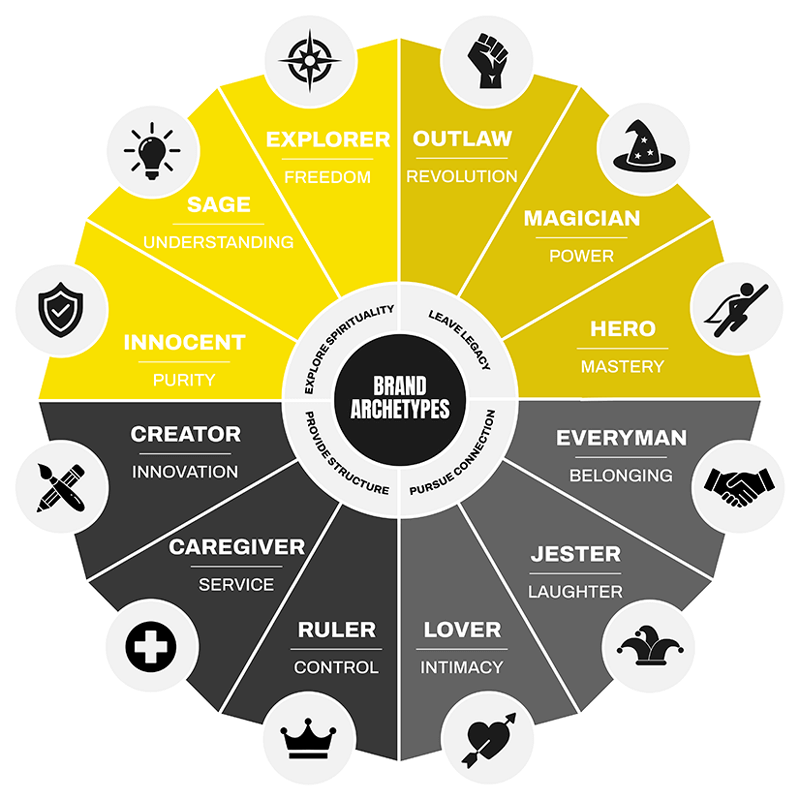
The Hero
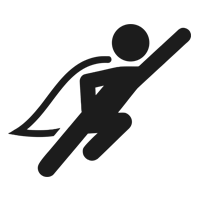
Core motivation: Prove their worth through courage and mastery.
Subtypes: Warrior, Champion, Defender, Rescue Hero, Competitor
Construction relevance: Ideal for safety-driven contractors, emergency response firms, restoration companies, or any company that “shows up when it matters.”
Traits: Strong, dependable, brave, driven by excellence.

The Outlaw
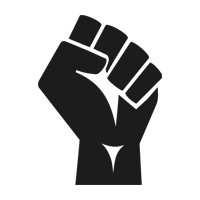
Core motivation: Break the rules. Challenge the status quo.
Subtypes: Disruptor, Revolutionary, Maverick, Activist, Reformer
Construction relevance: Great for companies that are fed up with industry inefficiency, slow processes, or overpriced competitors. Perfect for ConTech platforms attacking the “old way” of doing things.
Traits: Bold, rebellious, provocative, uncompromising.

The Everyman
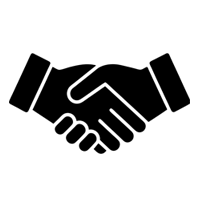
Core motivation: Belonging, connection, humility.
Construction relevance: Great for family-owned contractors, local builders, and companies that win through relationships and trust.
Subtypes: Realist, Neighbor, Citizen, Good Guy, Supporter
Traits: Accessible, friendly, honest, no-nonsense.

The Sage
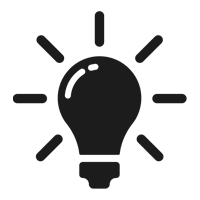
Core motivation: Truth, insight, wisdom.
Subtypes: Expert, Researcher, Planner, Mentor, Analyst
Construction relevance: Perfect for engineering firms, consultants, specialty contractors, BIM/VDC experts, and ConTech companies who lead with knowledge.
Traits: Analytical, educational, objective, trustworthy.

The Explorer
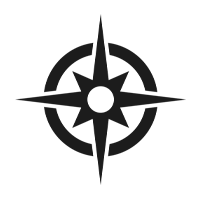
Core motivation: Freedom, discovery, pushing boundaries.
Subtypes: Seeker, Trailblazer, Pioneer, Adventurer, Wanderer
Construction relevance: Works for surveyors, land developers, drone mapping, remote project specialists, or any brand helping clients “see further.”
Traits: Curious, ambitious, pioneering, self-reliant.

The Creator
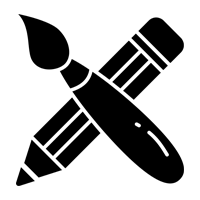
Core motivation: Bring new ideas to life.
Subtypes: Architect, Inventor, Maker, Artist, Visionary
Construction relevance: Ideal for custom builders, architects, specialty trades, fabricators, and any firm known for craftsmanship and innovation.
Traits: Imaginative, inventive, expressive, meticulous.

The Caregiver
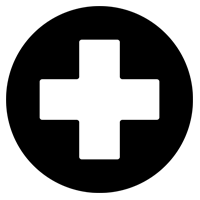
Core motivation: Service, compassion, responsibility.
Subtypes: Helper, Protector, Nurturer, Steward, Provider
Construction relevance: Perfect for senior-living builders, healthcare contractors, family-owned home-repair businesses, and restoration firms.
Traits: Warm, nurturing, supportive, reassuring.

The Ruler

Core motivation: Control, leadership, stability, excellence.
Subtypes: Leader, Administrator, Sovereign, Manager, Judge
Construction relevance: A fit for large GCs, ENR-ranked contractors, and firms known for precision, safety, and “doing things the right way every time.”
Traits: Confident, structured, commanding, high standards.

The Magician
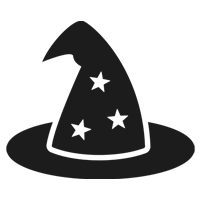
Core motivation: Make the impossible possible.
Subtypes: Visionary, Healer, Catalyst, Alchemist, Enabler
Construction relevance: Great for ConTech, automation systems, AI tools, prefabrication companies, or any firm that “turns complexity into clarity.”
Traits: Visionary, transformative, inspiring, ingenious.

The Lover
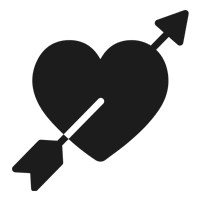
Core motivation: Beauty, passion, indulgence, deep connection.
Subtypes: Aesthete, Partner, Harmonizer, Enthusiast, Sensualist
Construction relevance: High-end residential builders, luxury remodelers, premium materials companies, custom millwork shops, and boutique architecture firms.
Traits: Elegant, expressive, sensory-driven, premium.

The Jester
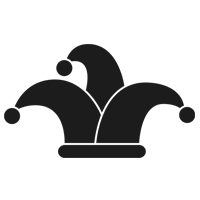
Core motivation: Joy, humor, irreverence.
Subtypes: Entertainer, Trickster, Pleasure-Seeker, Provocateur, Playmate
Construction relevance: Great for brands that want to remove fear/stress from the buying process, like demo companies, quirky ConTech brands, or contractors who win with personality.
Traits: Playful, subversive, entertaining, bold.

The Innocent
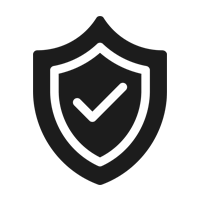
Core motivation: Simplicity, goodness, trust.
Subtypes: Idealist, Optimist, Traditionalist, Moralist, Purist
Construction relevance: Perfect for safety-first contractors, environmentally focused firms, sustainability-focused material companies, and community builders.
Traits: Hopeful, wholesome, transparent, optimistic.

A Trap with Brand Archetypes
Here’s where most construction leaders get brand archetypes wrong.
They pick a brand archetype that doesn’t authentically reflect who they are. Since they’re builders, they try to be the Creator brand archetype. But most construction companies don’t actually create anything in the archetypal sense.
The Creator archetype is driven by innovation, imagination, and self-expression. These brands fear mediocrity and conformity.
Most construction companies love conformity. They lack the innovation and self-expression that define the Creator archetype.
The truth? Most construction firms naturally embody the Everyman archetype. And there’s nothing wrong with that, if you own it authentically.
Many large brands, like Apple, use multiple brand archetypes, often across different business units. Apple fits into the Creator and Outlaw archetypes.
But when you use multiple archetypes without realizing it, you create brand confusion. You attract the wrong clients and the wrong talent.
Examples of Brand Archetypes in Construction
Let me show you two real examples.
Nastase Contracting: The Caregiver
Nastase Contracting is an exterior contractor that embodies the Caregiver archetype. Their brand script: “Worry-free Exteriors.”
They take care of their clients, their homes and buildings, and their team members, so no one has to worry. As roofers, they protect customers from the elements; it’s part of their natural personality.
Most people wouldn’t instinctively associate “Caregiver” with construction. But that’s exactly why it works. It was authentic to who they already were, without them realizing it.
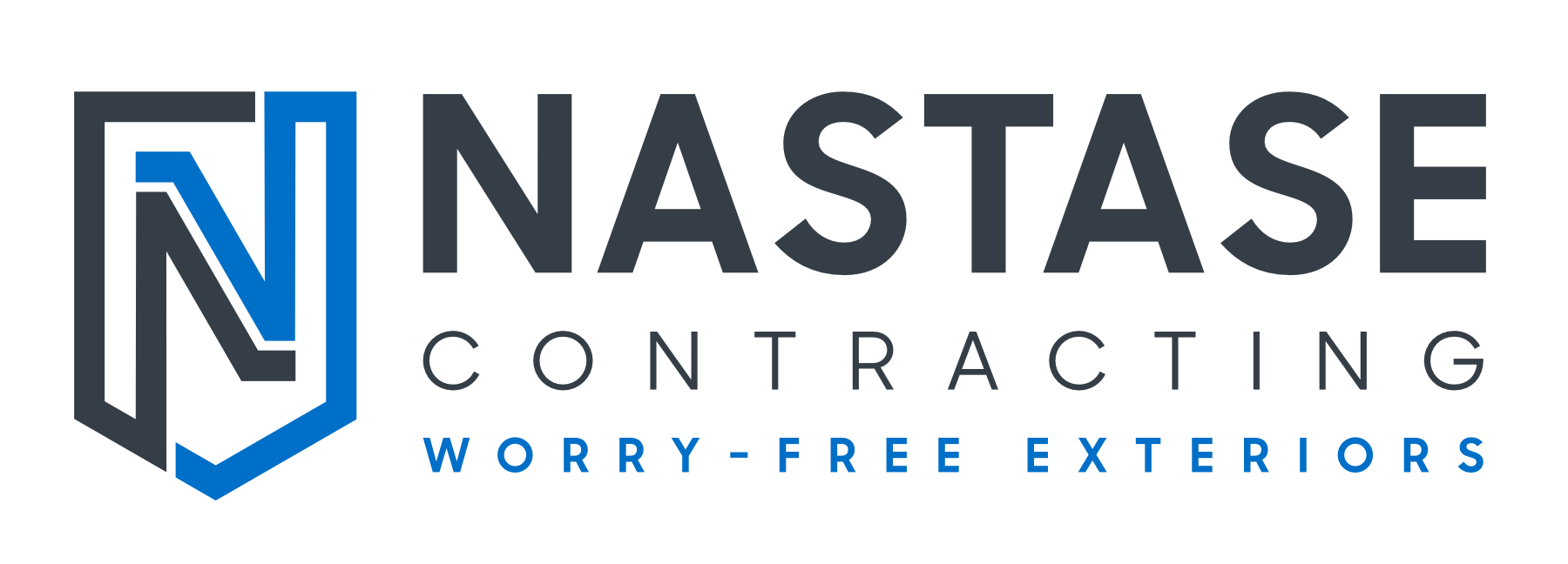
RNGD: The Outlaw
RNGD (pronounced “renegade”) took an even bolder approach.
A client nicknamed them “renegade,” and they rebranded their entire company around that identity. And they own it with their mission: “To revolutionize how we build.”
They’re bold visionaries who alienate much of their local market. And that’s strategic.
Their competitors lack differentiation. Their competitors’ customers struggle to tell the difference between contractors, so they rely on relationships and often pick based on price.
RNGD attracts like-minded clients and team members who share its unique personality. They do things differently. They prospered after owning this outlaw identity.
They deliberately repel the wrong clients. And that improves their bottom line and operations.
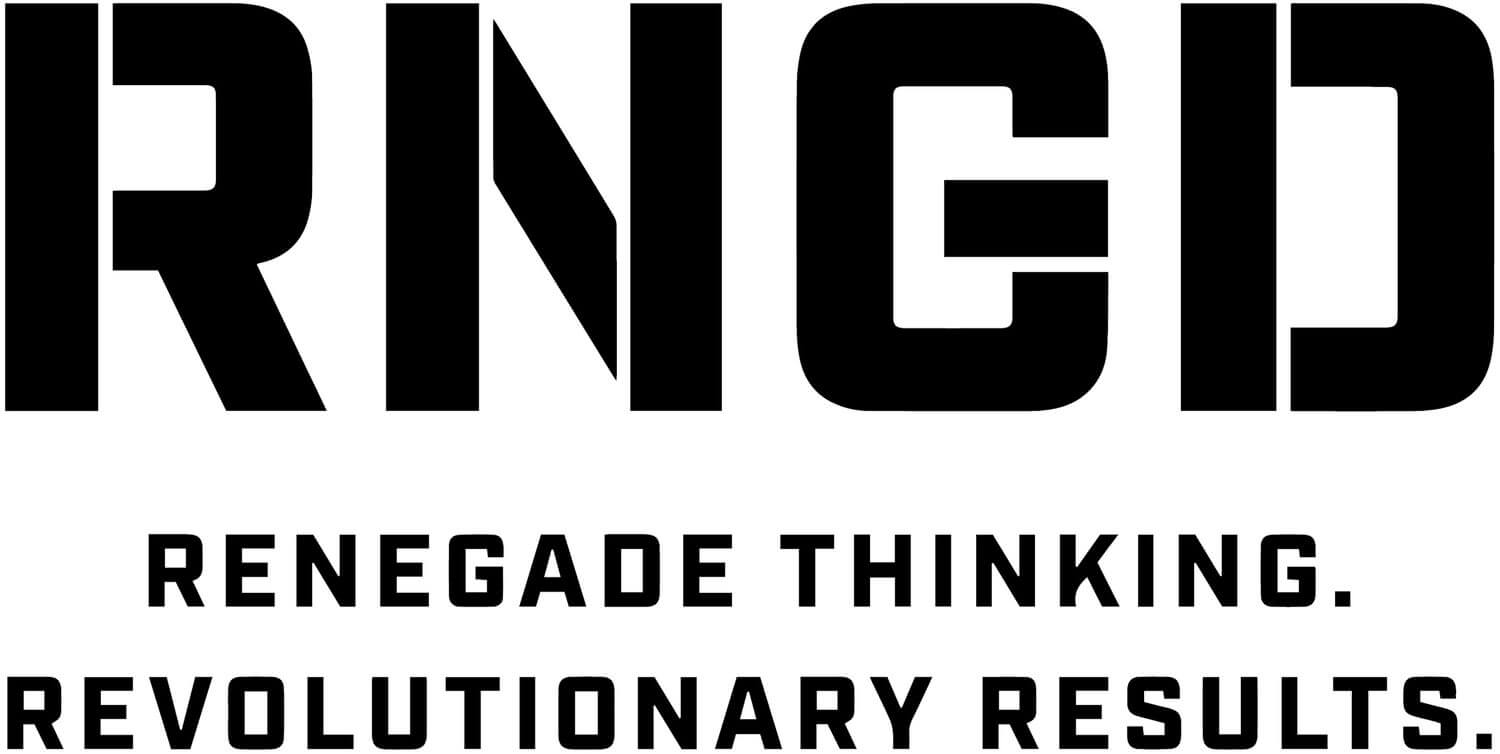
How to Find Your Natural Archetype
You don’t pick an archetype because it sounds impressive. You discover the one you already embody.
I ask construction companies about their favorite clients and why they’re their favorites. I ask how they got into specific niche market sectors and trades. I ask them to share stories about servicing customers and going above and beyond.
The archetype reveals itself in those answers.
Sometimes leadership resists. They realize their authentic personality doesn’t match what they thought would win them the big, prestigious projects.
That’s when we dig into subtypes.
The Outlaw archetype, for example, has three subtypes:
- Rebel: Defiant, revolutionary, bold, non-conforming
- Activist: Purpose-driven, ethical, reforming, empowering
- Maverick: Independent, unorthodox, resourceful, charismatic
The Sage archetype has four subtypes: Mentor, Detective, Shaman, and Translator.
These distinctions help firms avoid feeling forced into a box that doesn’t quite fit. It should feel authentic, not forced.
The Business Case for Archetypal Clarity
Research from Google and CEB found that B2B customers are significantly more emotionally connected to their vendors than consumers are to B2C brands. Seven out of nine B2B brands studied had emotional connections with more than 50% of their customers.
B2B purchasers are almost 50% more likely to buy when they see personal value, confidence in their choice, and a positive career impact. And they’re 8 times more likely to pay a premium.
Here’s the kicker: research from Bain and Google shows that 90% of B2B purchases go to vendors buyers already have in mind before they ever do research.
That’s the raw power of having a strong brand with clear differentiation.
A Harvard Business Review study found that strong emotional connections to a brand can command margins at least 20% higher on B2B products. Yet many B2B executives stubbornly hold onto cost consciousness as their primary value proposition.
And companies with campaign strategies that lean into emotional messaging rather than purely rational appeals perform seven times better in terms of long-term growth and success.
Where to Start Tomorrow
If you’re a construction executive reading this and realizing your company has been living in that undifferentiated middle ground, here’s your first move.
Flesh out what your brand personality is based on your archetype. Define your voice.
I worked with a heavy civil construction company, spinning off an application where we used the Sage archetype. Their brand personality:
- Authoritative but approachable – speaks with confidence but avoids being condescending
- Clear and logical – prioritizes clarity, precision, and well-structured messaging
- Educational and enlightening – always seeks to inform, teach, or provide a deeper understanding
Once the foundation is in place, update the messaging on your website, proposals, and social media.
But start with clarity. Start with understanding who you actually are, not who you think you should be.
The Uncomfortable Truth
B2B International research found that only 20% of B2B markets rank price above all other factors.
That means 80% of your potential clients are looking for something else. Something you can provide if you stop hiding in the pack.
True brand differentiation has a substantial effect on overall marketing effectiveness. Businesses that carve out a differentiated position are significantly more likely to be top performers in lead generation, demand generation, and brand building.
The construction firms that prosper in the next decade won’t be the ones with the lowest bids or the best relationships.
They’ll be the ones brave enough to be different. The ones who understand their natural archetype and own it completely. The ones who attract like-minded clients and team members instead of trying to be everything to everyone.
Your competitors are still hiding in the pack, hoping safety comes from sameness.
That’s your opportunity.
